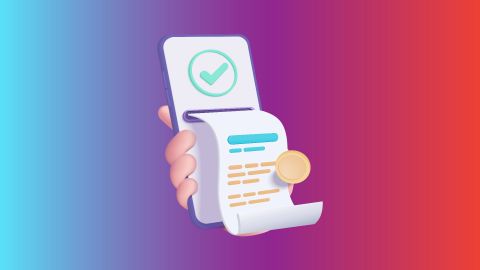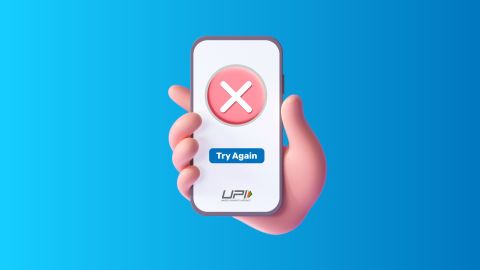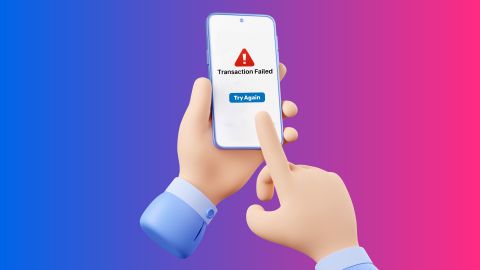Get insights into various types of wind energy, their advantages, applications, and limitations. Understand how wind turbines work and the future of wind as a renewable energy source.
Introduction to wind energy
-
Wind energy is a renewable and sustainable source of power generated by harnessing the kinetic energy of moving air. When the wind blows, it spins the blades of large turbines. This rotational movement drives a generator that converts kinetic energy into electricity.
As a clean energy source, wind energy significantly reduces greenhouse gas emissions and dependence on fossil fuels. It is widely used to power homes, businesses, and industries, making it an essential resource for combating climate change and promoting sustainable development.Know about what is wind energy
Wind energy is a renewable source of power derived from moving air. When the wind blows, it spins large turbines that convert this kinetic energy into electricity.
It is a clean alternative to fossil fuels, reducing carbon emissions and supporting sustainable development. Wind energy is widely used worldwide to power homes, businesses, and industries while combating climate change.Types of wind energy
Wind energy can be classified into three main types based on where and how it is harnessed:
1. Onshore wind energy
Onshore wind energy is generated using turbines installed on land in open areas. These turbines are commonly found in rural or mountainous regions with consistent wind flow. Onshore wind energy is cost-effective and widely deployed due to its accessibility and relatively lower installation costs.
2. Offshore wind energy
Offshore wind energy comes from turbines installed in oceans or large water bodies. These turbines take advantage of stronger and more consistent wind speeds over water, allowing for higher energy production. Offshore wind farms are ideal for large-scale electricity generation, although their installation and maintenance costs are higher compared to onshore turbines.
3. Distributed wind energy
Distributed wind energy involves smaller wind turbines used to generate power for localised needs, such as homes, farms, or small businesses. This type of wind energy is versatile and complements other renewable sources like solar energy in hybrid systems.
Each type of wind energy serves different purposes, making this resource adaptable to various energy demands and environments.
Consider Bajaj Finserv for electricity bill payments
Electricity is essential for modern living and powers homes, offices, and industries. From powering homes to running businesses, energy fuels almost every aspect of society. Green power plays a significant role in generating electricity, but managing your electricity bills can be time-consuming.
Managing electricity costs is simple and secure with Bajaj Pay. This BBPS platform on Bajaj Finserv ensures hassle-free electricity bill payment. Here’s why:- Instant and secure transactions.
- Comprehensive network coverage for all electricity providers.
- Easy access is available via the Bajaj Finserv app or website.Switch to Bajaj Pay today for seamless bill management.
Types of wind energy sources
Wind energy is derived from two main sources:
1. Onshore wind energy- Utilised on land, where turbines are installed in open areas.
- Common in rural and hilly regions.
- Cost-effective and widely implemented.
- Generated from turbines located in oceans or large water bodies.
- Utilises stronger, more consistent wind speeds.
- Ideal for large-scale electricity generation.
- Smaller turbines are used for localised power needs.
- Suitable for farms, small businesses, and residential use.
How does wind energy generate electricity
Wind energy generation involves a simple yet efficient process:- The wind blows, spinning the blades of a turbine.
- The rotor connected to these blades transfers kinetic energy to a generator.
- The generator converts this energy into electricity.
Wind energy solutions
Wind energy offers diverse solutions for cleaner power:- Hybrid systems: Combining wind with solar for constant electricity supply.
- Storage solutions: Storing surplus energy in batteries for future use.
- Microgrids: Providing power to remote areas using wind systems.
Uses of wind energy
Wind energy is versatile and serves many purposes:- Residential: Powering homes with eco-friendly electricity.
- Industrial: Running factories and large facilities.
- Transportation: Supporting electric vehicle infrastructure.
- Grid supply: Meeting national electricity demands sustainably.
Importance of electricity payment online
Paying electricity bills online saves time and effort. Platforms like Bajaj Pay offer unmatched convenience:- Instant payments: No delays or long queues.
- Wide accessibility: Pay anytime, anywhere.
- Safe transactions: High-end encryption ensures secure payments.
By choosing Bajaj Pay, you support sustainability through efficient energy management.Conclusion
Wind energy is a transformative force for a sustainable future. From powering homes to industries, its uses are endless. By embracing renewable energy, we contribute to a cleaner planet. With platforms like Bajaj Pay, managing electricity bills has never been so easy.
-
Recharge and Pay Bills
Mobile Prepaid
Mobile Postpaid
Broadband Bill Payment
Electricity Bill Payment
Bajaj Finserv App for All Your Financial Needs and Goals
Trusted by 50 million+ customers in India, Bajaj Finserv App is a one-stop solution for all your financial needs and goals.
You can use the Bajaj Finserv App to:
You can use the Bajaj Finserv App to:
- Apply for loans online, such as Instant Personal Loan, Home Loan, Business Loan, Gold Loan, and more.
- Explore and apply for co-branded credit cards online.
- Invest in fixed deposits and mutual funds on the app.
- Choose from multiple insurance for your health, motor and even pocket insurance, from various insurance providers.
- Pay and manage your bills and recharges using the BBPS platform. Use Bajaj Pay and Bajaj Wallet for quick and simple money transfers and transactions.
- Apply for Insta EMI Card and get a pre-approved limit on the app. Explore over 1 million products on the app that can be purchased from a partner store on Easy EMIs.
- Shop from over 100+ brand partners that offer a diverse range of products and services.
- Use specialised tools like EMI calculators, SIP Calculators
- Check your credit score, download loan statements and even get quick customer support—all on the app.
Frequently asked questions
How does wind energy work?
Wind energy works by using turbines to convert wind’s kinetic energy into mechanical energy, then into electricity.
What are the main types of wind energy?
Onshore, offshore, and distributed wind energy are the primary types, catering to varied energy needs.
How much electricity can be produced from wind sources?
The amount of electricity generated depends on wind speed, turbine size, and location. A single large wind turbine can generate enough power to supply hundreds of homes.
What technologies are used in wind energy?
Advanced turbines, battery storage, and hybrid systems are key technologies in wind energy.
What are the challenges of using wind energy?
Challenges include high initial costs, location dependency, and environmental impact on wildlife.
Show More
Show Less




